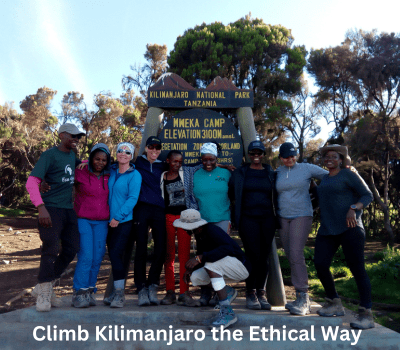How Long Does It Take to Climb Kilimanjaro Africa?

Introduction
Why Understanding Time Matters
Climbing Kilimanjaro isn’t just about reaching the summit—it’s about how smartly you plan your time on the mountain. Rushing can kill your chances, while smart pacing boosts your summit success rate dramatically.
So, the question “How long does it take to climb Kilimanjaro Africa?” is much deeper than it seems. It’s a choice between success, safety, and lifetime memories—or altitude sickness and an early retreat.
Different Routes, Different Durations
There are multiple official routes to climb Kilimanjaro, each with different recommended durations.
At Eco-Africa Climbing, we guide you through picking the best route and days based on your fitness, experience, and summit goals.
Standard Timeframes for Kilimanjaro Climbs
Typically, Kilimanjaro climbs take anywhere from 5 to 9 days depending on the route you choose. Here’s the general breakdown:
- 5–6 Days: Fast but risky (lower summit success rates)
- 7–8 Days: Best balance between acclimatization and success
- 9+ Days: Maximum acclimatization and highest success rates
Route-by-Route Breakdown
Marangu Route (5–6 Days)
Known as the “Coca-Cola Route,” Marangu is the only route with hut accommodations.
Duration options:
- 6 Days Itinerary (Recommended)
- 5 Days (Rushed, higher failure rate)
Machame Route (6–7 Days)
The “Whiskey Route” is one of the most popular choices because of its beautiful scenery and better acclimatization profile.
- 7 Days Itinerary (Recommended)
- 6 Days (for very fit trekkers)
Lemosho Route (7–8 Days)
Lemosho is considered one of the best Kilimanjaro routes for acclimatization and beauty.
- 8 Days Itinerary (Best for gradual acclimatization)
- 7 Days Itinerary (Faster option)
Northern Circuit Route (8–9 Days)
The longest and most gradual route, offering the best acclimatization and highest summit success rates.
- 8 Days Itinerary
- 9 Days Itinerary (Perfect for cautious trekkers)
Rongai Route (6–7 Days)
Approaching from the north, Rongai is a drier, less crowded route.
- 7 Days Itinerary (Recommended)
- 6 Days (Possible, but tighter acclimatization)
Umbwe Route (6–7 Days)
Umbwe is the steepest and most direct route—very challenging with limited acclimatization opportunities.
- 6–7 Days Recommended for very fit, experienced climbers
Why Longer is Always Better for Kilimanjaro
Altitude sickness (AMS) is the number one reason people fail to summit.
Longer climbs mean:
- More gradual altitude gain
- Better body acclimatization
- Higher summit success rates
At Eco-Africa Climbing, we always recommend at least a 7 or 8-day climb to maximize your chances of standing proudly on Uhuru Peak!
Key Factors That Affect How Long It Takes
Several factors determine how many days you should plan for your Kilimanjaro climb. Understanding these factors can help you choose wisely and increase your chances of summit success:
- Route Chosen: Some routes like the Northern Circuit naturally take longer but offer better acclimatization.
- Fitness Level: Fitter climbers can handle slightly faster paces but still need proper altitude adjustment.
- Altitude Experience: If you’ve climbed high before, you may acclimatize faster. If not, longer is better.
- Weather Conditions: Bad weather can slow down progress, especially during rainy seasons.
- Rest Days: Adding acclimatization days massively boosts your success rate.
Why Acclimatization is Crucial
Altitude sickness is a major threat when climbing Kilimanjaro. Symptoms can include headaches, nausea, dizziness, and in serious cases, pulmonary or cerebral edema.
Proper acclimatization prevents these problems. Strategies include:
- Climb High, Sleep Low: Trekking higher during the day, then descending slightly to sleep helps your body adjust.
- Hydration: Drinking 3–4 liters of water daily speeds up acclimatization.
- Slow, Steady Pace: “Pole, Pole” (Swahili for “slowly, slowly”) is the golden rule on Kilimanjaro.
Read more on acclimatization here: Kilimanjaro Altitude Sickness Guide.
Training Timeline Before Your Climb
Proper physical preparation helps ensure that you’ll enjoy each day on the mountain rather than struggling through it.
We recommend a 12-week focused training program that includes:
- Hiking with a loaded backpack (3–6 hours)
- Cardiovascular fitness (running, cycling, stair climbing)
- Strength training (especially legs and core)
- Balance and flexibility work (for injury prevention)
Check our full recommended training guide: 12-Week Kilimanjaro Training Program.
Eco-Africa Climbing’s Approach to Timing
At Eco-Africa Climbing, our philosophy is simple: Slow = Success.
We never rush our climbers. We strongly recommend:
- At least 7 days for Lemosho, Machame, or Rongai Routes
- 8–9 days for Northern Circuit
- Adding an acclimatization day whenever possible
Remember, it’s not a race to the summit—it’s a journey for your mind, body, and spirit.
Our guides set a slow, steady pace, emphasizing frequent hydration, monitoring your oxygen saturation, and offering extra support when needed.
Sample Itinerary for 7 Days Machame Route
Here’s what a standard 7-Day climb looks like:
| Day | Route | Approx. Trek Time | Elevation |
|---|---|---|---|
| Day 1 | Machame Gate to Machame Camp | 5–7 hours | 1,800m to 3,000m |
| Day 2 | Machame Camp to Shira Camp | 4–6 hours | 3,000m to 3,800m |
| Day 3 | Shira Camp to Lava Tower, then Barranco Camp | 6–8 hours | 3,800m to 3,950m |
| Day 4 | Barranco Camp to Karanga Camp | 4–5 hours | 3,950m to 4,035m |
| Day 5 | Karanga Camp to Barafu Camp | 4–5 hours | 4,035m to 4,640m |
| Day 6 | Summit to Uhuru Peak, then down to Mweka Camp | 12–16 hours (summit night + descent) | 4,640m to 5,895m to 3,100m |
| Day 7 | Mweka Camp to Mweka Gate | 3–4 hours | 3,100m to 1,640m |
Fast vs Slow Climbs: What’s Better?
You might be tempted to save money and time by choosing a shorter itinerary—but fast climbs come with serious risks.
Problems with Fast Climbs (5–6 Days)
- Higher chance of altitude sickness
- Lower summit success rate (only 40–50%)
- Less time to enjoy the scenery and wildlife
- More physical and mental stress
Benefits of Slow Climbs (7–9 Days)
- Much better acclimatization
- Summit success rates of 85–95%
- Greater enjoyment and safety
- More time to bond with your group and guides
Bottom line: slower is smarter when it comes to climbing Kilimanjaro.
Special Cases: VIP, Private, and Luxury Climbs
Private Climbs
Private treks allow total flexibility with your schedule. If you need a slightly customized itinerary, Eco-Africa Climbing can design it perfectly to suit your group’s needs and fitness level.
VIP and Luxury Climbs
Want an even smoother experience?
Our Luxury Kilimanjaro Packages offer:
- Personal portable toilets
- Luxury sleeping tents and mattresses
- Private chef services
- Premium acclimatization schedules
FAQs About How Long It Takes to Climb Kilimanjaro
Is it possible to climb Kilimanjaro in under 5 days?
Technically yes, but it’s extremely dangerous and not recommended. Your body cannot adjust to altitude that quickly. Eco-Africa Climbing does not offer less than 6-day climbs for safety reasons.
Which Kilimanjaro route is the fastest?
The Umbwe Route is the fastest and steepest—but also the most difficult and dangerous without proper acclimatization.
Check the details here: Umbwe Route.
Which Kilimanjaro route is the slowest?
The Northern Circuit is the longest, slowest, and safest route, taking 8–9 days with gradual acclimatization and stunning 360-degree mountain views.
How many hours per day will I hike?
On most days, you’ll hike 4–7 hours.
On summit night, you’ll trek 10–16 hours round trip—starting around midnight and reaching Uhuru Peak by sunrise!
How far in advance should I book my climb?
Book at least 4–6 months in advance to secure the best guides, dates, and routes—especially for peak seasons (June–October and December–February).
Helpful Resources for Your Kilimanjaro Planning
- What Gear to Bring
- Understanding Altitude Sickness
- What to Pack in Your Daypack
- 7-Day Machame Route Itinerary
- Best Time to Climb Kilimanjaro
Final Tips for Choosing the Right Number of Days
Choosing how long to spend on Kilimanjaro isn’t just a logistical decision—it’s about maximizing your success and enjoyment.
Here are our expert tips:
- Go Longer if Possible: Choose at least 7–8 days for the best summit chance, especially if it’s your first high-altitude climb.
- Pick the Right Route: Longer routes like the Northern Circuit or Lemosho Route are ideal for safe acclimatization.
- Don’t Underestimate Summit Night: It’s a long, cold, hard push—good acclimatization makes a huge difference in your success and comfort.
- Trust Your Guide Company: A professional, experienced team like Eco-Africa Climbing will prioritize your safety, not just speed!
Conclusion: How Long Will Your Kilimanjaro Adventure Take?
Most successful Kilimanjaro climbs take 7–9 days.
Trying to rush is one of the biggest reasons climbers fail to reach the summit.
Choosing the right number of days is your first step toward standing on top of Africa.
Let Eco-Africa Climbing guide you every step of the way with a smart, safe, customized climb!
Ready to plan your dream climb?
Contact Eco-Africa Climbing today and let’s find the perfect itinerary for you—whether you need 7, 8, or 9 days to the summit!
Share:
Related Posts
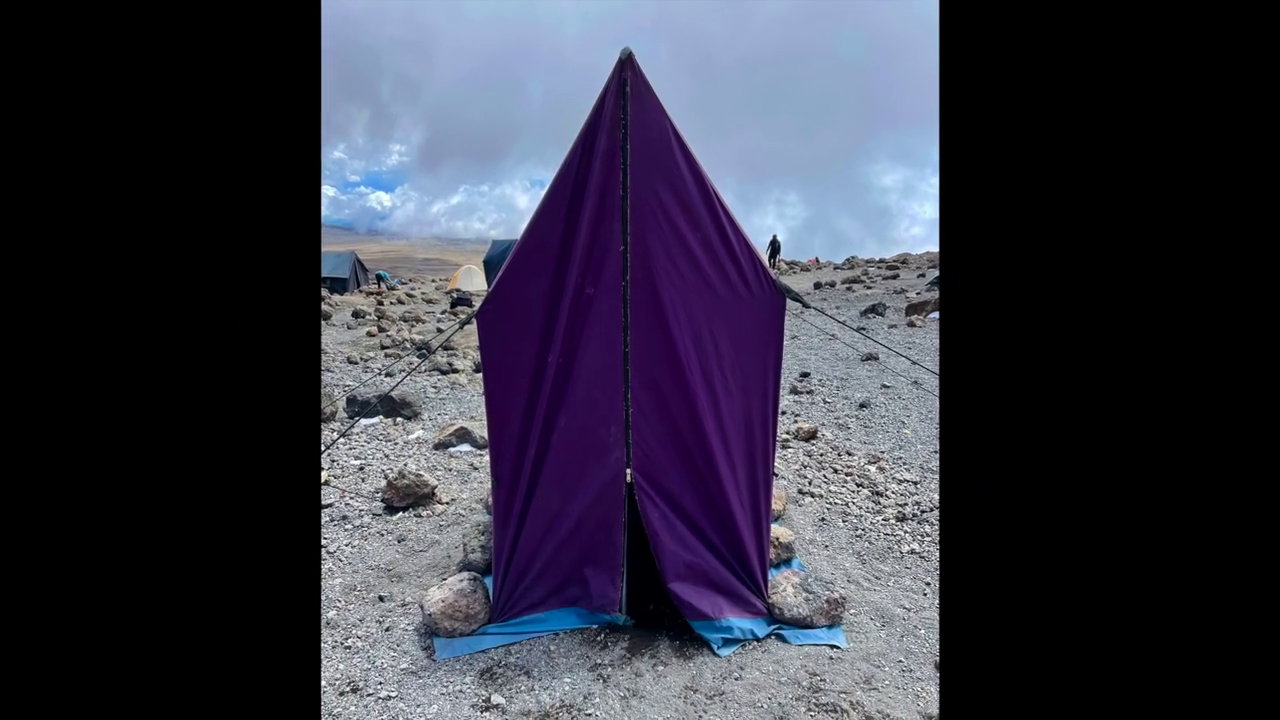
bathroom on mountain kilimanjaro
Bathroom on Mountain Kilimanjaro: What to Expect and How to Prepare Introduction One of the most common — and least discussed — questions from people
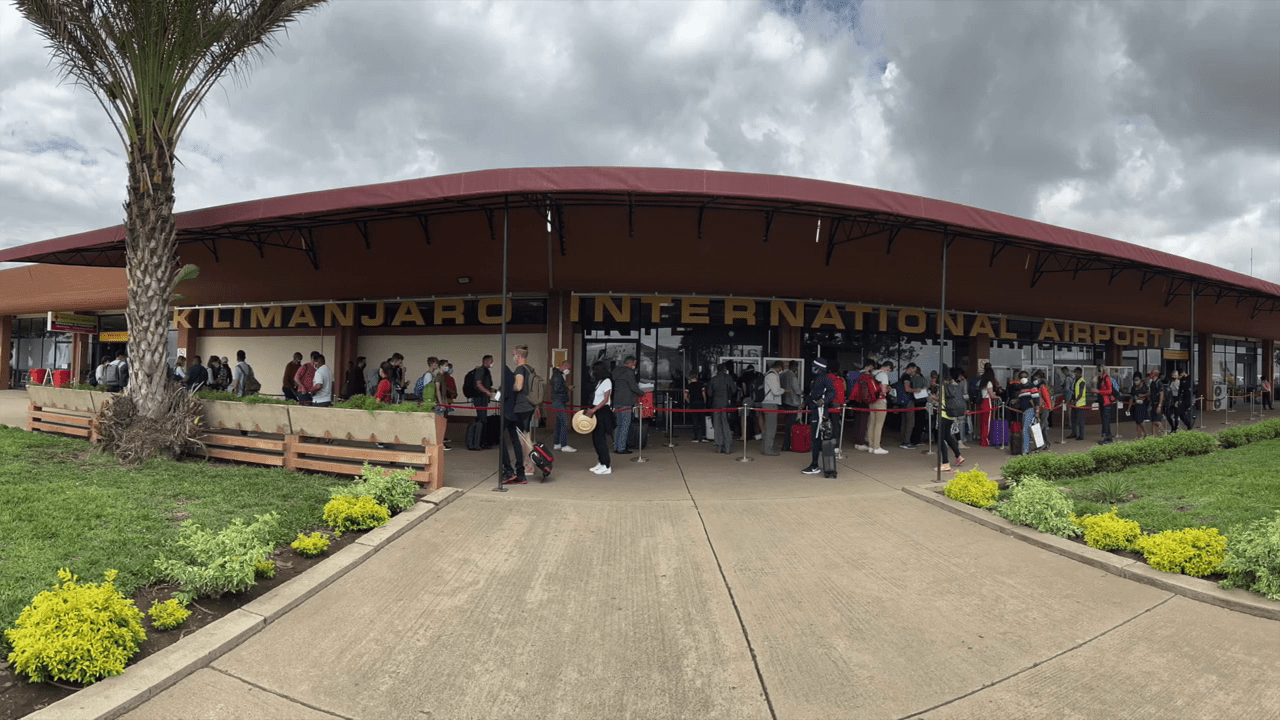
Are Guides Readily Available in Tanzania Without Prior Booking?
Are Guides Readily Available in Tanzania Without Prior Booking? Introduction: Should You Risk Climbing Without Pre-Booking? Climbing Mount Kilimanjaro is a dream for many adventurers.
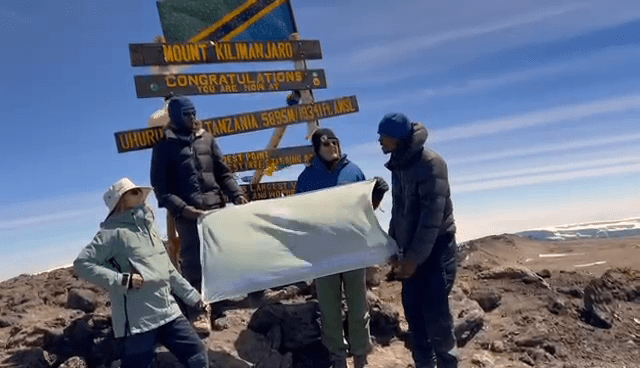
How Can I Find a Reliable Local Guide for My Kilimanjaro Expedition?
How Can I Find a Reliable Local Guide for My Kilimanjaro Expedition? Introduction: Why the Right Guide Is Key to Kilimanjaro Success Climbing Mount Kilimanjaro
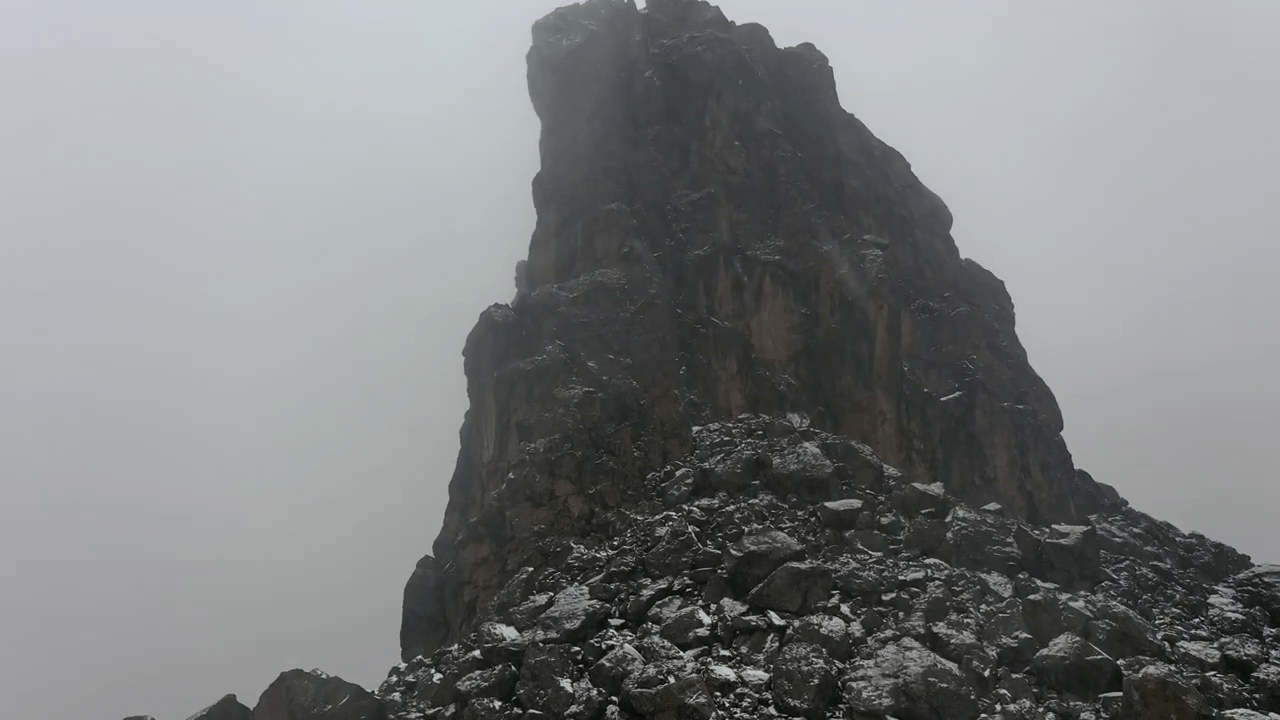
Is Climbing Kilimanjaro Dangerous for Individuals Without Mountaineering Experience?
Is Climbing Kilimanjaro Dangerous for Individuals Without Mountaineering Experience? Introduction: The Myth of Danger and Experience Many aspiring adventurers wonder if climbing Mount Kilimanjaro is
